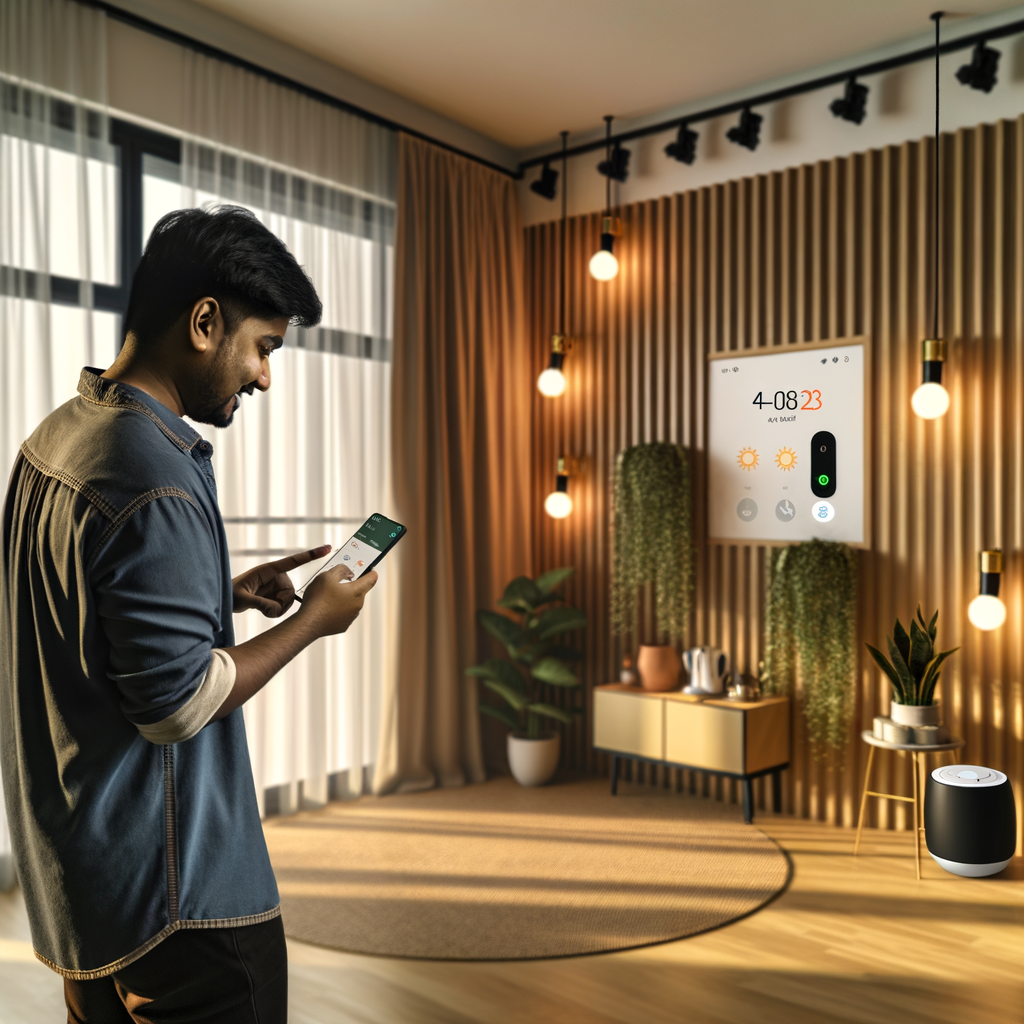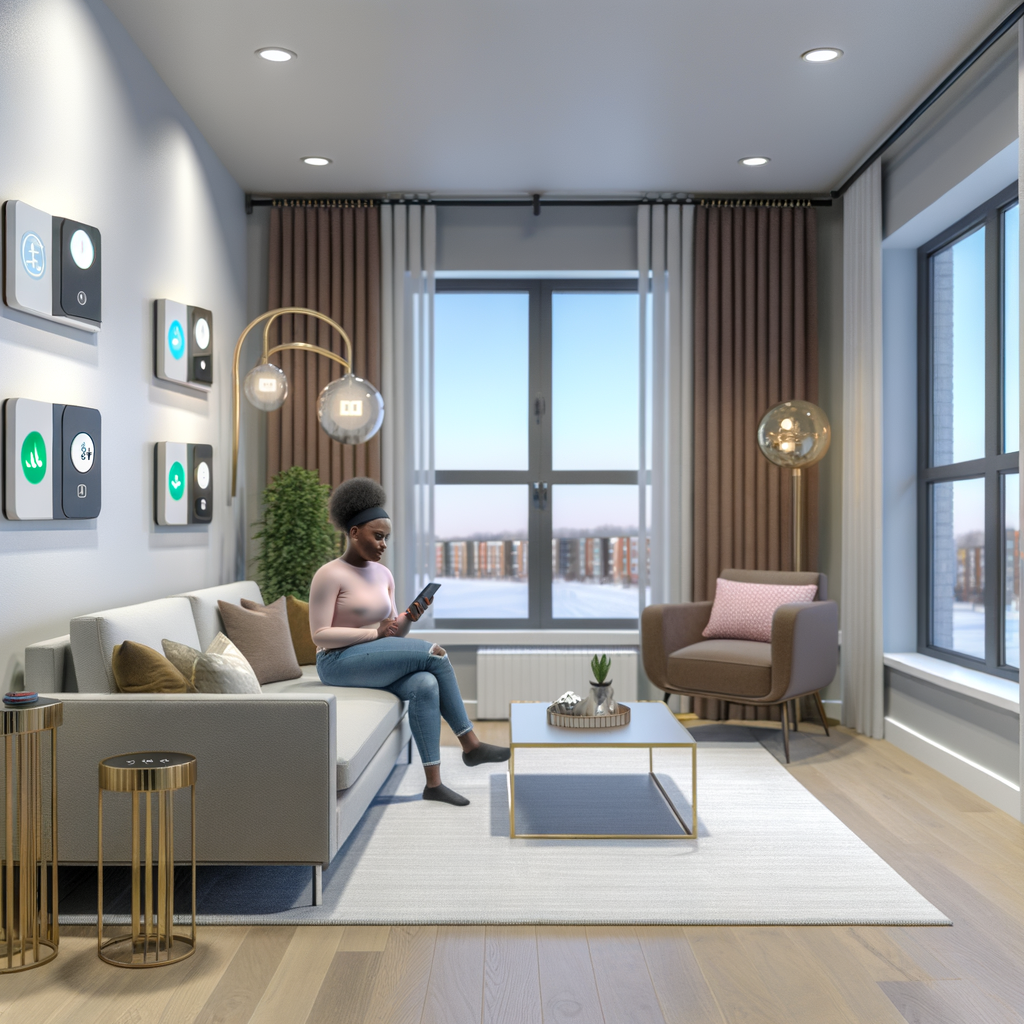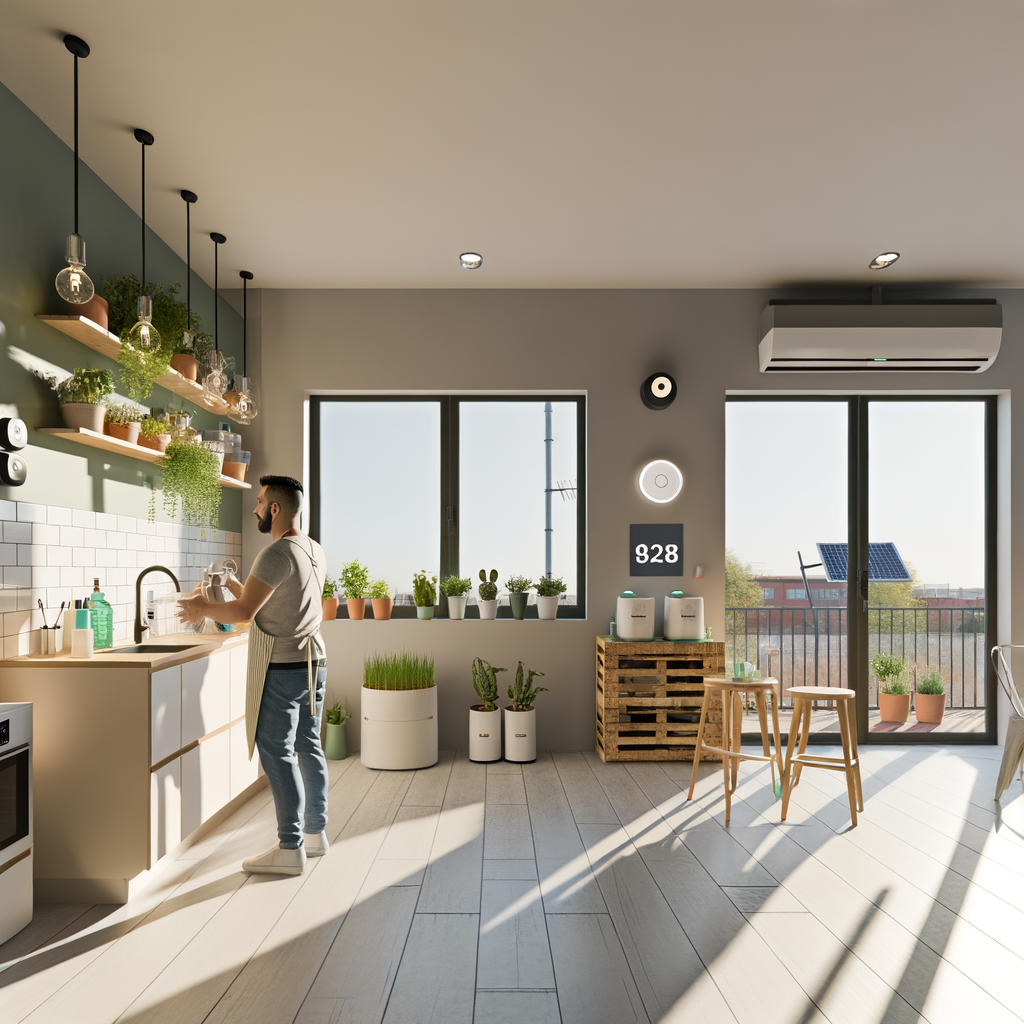Myth-Busting Smart Homes: 7 Eco-Tech Misconceptions Every Renter Should Know
Smart home technology is revolutionizing our living spaces, promising energy savings, added security, and eco-friendly benefits. But if you’re a renter, you may feel caught between wanting a greener lifestyle and the limitations of a temporary home. Even worse, myths and misconceptions about smart home tech can make it harder to make informed decisions.
Let’s separate fact from fiction! In this guide, we’re busting seven common eco-tech myths, with a focus on practical, renter-friendly advice to help you embrace efficiency—without breaking your lease (or your budget).
Myth 1: Smart Home Tech Is Only for Homeowners
Why This Myth Persists
A lot of renters believe smart devices require permanent installation or complicated rewiring—strictly a homeowner’s game. In reality, technology has evolved with renters in mind.
Actionable Advice for Renters
- Choose plug-in devices: Many smart home products—think plugs, lamps, thermostats, and sensors—don’t require any drilling or rewiring.
- Use adhesive or magnetic mounts: Smart security cameras, door/window sensors, and even some light switches can be installed damage-free using removable adhesives or magnetic strips.
- Go wireless: Opt for Wi-Fi or Bluetooth-powered gadgets to avoid running cables or making significant property changes.
- Seek portable solutions: Battery-powered and compact smart devices are designed to be uninstalled and moved with you, lease after lease.
Bottom line: Smart homes aren’t just for owners—renters can benefit with minimal risk and maximum flexibility.
Myth 2: Smart Devices Use More Power than They Save
Reality Check
Concerns about smart device “phantom loads”—the small amounts of energy used in standby mode—are common. But studies show that most smart devices pay for their minimal power use with much larger energy (and cost) savings.
How Devices Actually Save You Energy
- Smart thermostats: Optimize heating and cooling automatically, saving up to 10–15% on utility bills.
- Smart plugs: Let you schedule or remotely shut off appliances. No more standby drain from rarely used gadgets.
- Smart lighting: Schedule lights to turn off when you’re not home, or dim automatically for energy savings.
Tips for Renters
- Start with one or two high-impact devices—like a smart thermostat or smart plug—to see significant savings.
- Monitor your electric bill to track results and fine-tune your use.
- Choose ENERGY STAR-rated smart products where possible for maximum efficiency.
Takeaway: When used wisely, smart home tech actively reduces your apartment’s energy consumption.
Myth 3: Eco-Friendly Upgrades Are Too Expensive for Renters
The Truth About Costs
While some high-end automation systems carry four-figure price tags, many renter-friendly devices are surprisingly affordable—sometimes under $30.
- Entry-level smart plugs can be picked up for $10–$20 apiece.
- Basic smart LED bulbs are available for under $15.
- Starter kits with multiple components (plugs, bulbs, sensors) can often be found for $40–$100.
Smart & Budget-Savvy Strategies
- Shop sales and bundles; many top brands offer discounts on multi-packs.
- Look for rebates from local utilities or government energy-efficiency programs.
- Prioritize devices that address your biggest energy drains (e.g., smart radiator thermostat for old buildings, or a power strip for your entertainment center).
Remember: The right smart upgrades are budget-friendly—and often pay for themselves through reduced energy bills.
Myth 4: You Have to Be “Techy” to Use Smart Devices
Debunking the Learning Curve
Today’s eco-smart products are designed for all skill levels. App interfaces are intuitive and most devices include step-by-step setup guides, both in the box and online.
Quick Start for Non-Techies
- Look for “plug-and-play” devices with automatic detection in their apps.
- Watch manufacturer videos or scan the included QR codes for simple how-tos.
- Choose gadgets compatible with your favorite voice assistant (Amazon Alexa, Google Home, Apple HomeKit) for seamless control.
- Check for customer support or community forums if you get stuck—many brands specialize in helping first-timers.
Pro tip: Start with a smart plug or bulb and gradually expand as your confidence grows!
Myth 5: Smart Thermostats Won’t Work in Apartments
Clarifying Compatibility
Not every rental lets you swap out the main thermostat. But the myth that thermostats “never” work in apartments is simply not true—especially with the rise of portable, device-based options.
Options for Renters
- Ask your landlord: Many are happy to approve a reversible upgrade, especially if it improves energy efficiency.
- Try smart radiator valves or window-unit controllers: If your apartment uses radiator heat or wall A/C, there are smart products made to fit these systems with zero wiring.
- Consider sensor-based thermostats: Some models require no wires and simply control portable space heaters, fans, or A/Cs with IR signals.
- Go plug-in: Smart plugs with built-in thermostats can control portable heaters and coolers, all based on room temperature.
Key point: There’s probably a smart climate solution that fits your apartment—just match the device to your exact setup.
Myth 6: Smart Home Tech Sacrifices Security and Privacy
Sorting Fact from Fear
Privacy worries are valid—cloud-connected devices can raise concerns if you’re not careful. But top eco-smart brands make security a priority and often give you control over your data.
Protect Your Smart Home (& Your Privacy)
- Review privacy settings: Use devices that let you opt out of unnecessary cloud features or voice recordings.
- Change default passwords on all devices right away, and use a unique, strong password for each account.
- Update firmware regularly: Ensure your devices are running the latest software to patch vulnerabilities.
- Use trusted brands: Look for established brands with a strong track record of security and privacy protections.
Note: Smart home tech needn’t compromise your security—stay proactive and your privacy (and rental) is safe.
Myth 7: Eco-Tech Doesn’t Make a Noticeable Difference in Rentals
Busting the “My Little Actions Don’t Count” Myth
Renters often assume that their choices don’t matter in the grand scheme—especially if they don’t pay for their energy directly or plan to stay long-term. But the impact of smart eco-tech is both immediate and cumulative.
Real-World Ways Smart Tech Helps Renters
- Lower your bills: Even modest improvements, like scheduling heating/cooling, cut monthly costs.
- Increase comfort: Motion-activated lighting, temperature automation, and leak detectors can all improve your daily wellbeing.
- Reduce carbon footprint: Every kilowatt-hour saved means less fossil fuel burned. Your actions matter—even in a temporary home.
- Leave a positive mark: Smart upgrades may encourage your landlord (or next renter) to adopt more eco-friendly practices.
Take action: You don’t have to “own” your space to make a real difference. Eco-tech empowers renters to live greener, smarter, and more comfortably.




